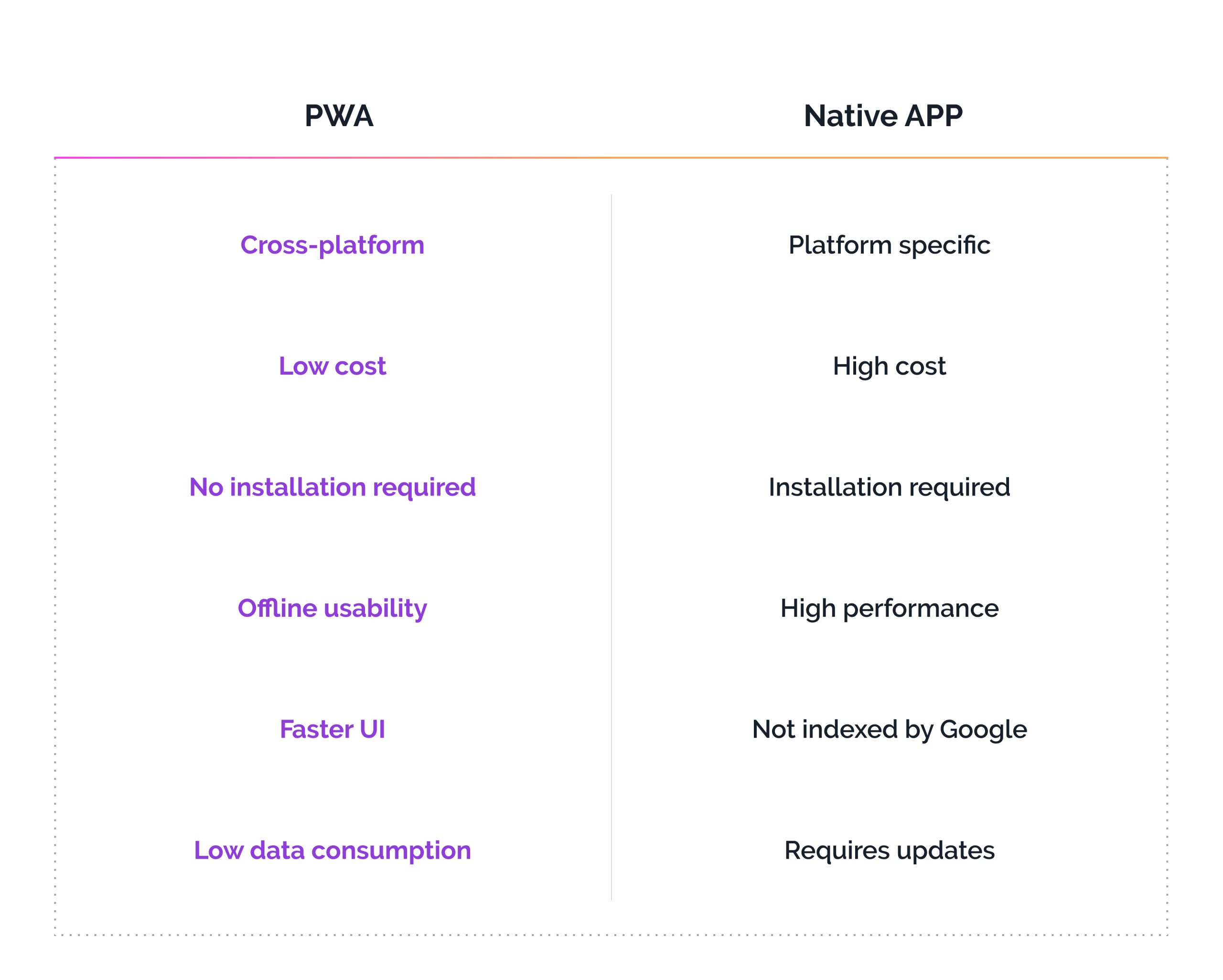
How to Develop an App for Android and iOS?

In the era of dynamically developing digitization, every thriving business should think about developing its own mobile/web application. Most companies decide to outsource the development of such apps to external firms. However, when it comes to smaller projects, you can decide to develop such a solution yourself. Let’s see how to develop a solution that may change potential customers’ perception of your business.
Development of the idea for a web/mobile application
The development of the application concept is of immense importance. It is an investment that should bring profit to the company in the near future. This is about finances but also about building a positive image and recognizability of the company. What should you pay attention to before developing it?
Purpose of the mobile/web app and its audience
First, an application plan should be developed. Who is it supposed to serve? What problems does it solve? Why will it be useful, and what benefits will it bring to its potential users? It’s also important to check if a particular solution already exists. If so, you should consider what additional functionalities will increase the competitiveness of such an app on the market.
An idea for a design
It is important to develop not only the app action plan mentioned above but also the interface to increase client engagement. We are talking about UI (icons, colors, fonts, etc.) and UX (navigation, responsiveness, functionalities, speed loading). Creating a wireframe will help you determine how to place individual components in the application. On the other hand, exemplary wireframes will be the basis for further, more effective work on the final appearance of the project.[2]
Security of your app
Equally essential is the security of the app. Protection of personal data and the ability to decide about your own privacy are the elementary foundations of creating any application.
Mobile app development: A native app or a PWA?
There are many approaches by which you can create an application. The two most commonly used are native apps and PWAs.

Native apps
If you decide to create a native app, it will work only on a specific device and operating system. When it comes to mobile apps, the two most popular operating systems are iOS and Android. These systems operate on dedicated hardware resources, which is why the performance of applications created specifically for them is unmatched.
To create such an application, you need to hire programmers who have knowledge of the iOS and Android operating systems. You will also need a developer to develop the backend for the data stored in the cloud.[1]
PWAs: Progressive Web Apps
PWA are hybrid solutions. They look like native applications, but they use the functions provided by internet browsers. When developing it, it will be necessary to get support from a team of programmers who have experience developing PWAs. PWAs can be accessed via the internet browser (you don’t have to download them to your device), which makes them extremely convenient.
ASO – App Store Optimization
Improving an application means constantly developing its newer versions and amending it in terms of the expectations of the target audience.
ASO allows you to stand out among the competition. A reliable ASO strategy should be developed. This consists in optimizing the position of the application in the store. This is, for example, the right appearance, logo, name of the application, and screenshots of the most interesting shots of the interface. A well-designed app must also be ready for its promotion and have an interface conducive to profitable marketing.[2]
Code, low-code, and no-code app development tools
Working on the application may require knowledge of appropriate programming languages. For example, for apps created for iOS, it may be necessary to know Swift or Objective-C. However, in the case of applications created in the Android operating system, you will need knowledge of Kotlin or JavaScript.[3]
If you want to work on your app internally, you can use app builders that require basic coding knowledge or no such knowledge at all.[4]
Application testing
Each application must undergo rigorous testing. Therefore, it is worth developing it right away in the test environment, which will make it easier to detect bugs. All working files should be password protected so that only authorized persons have access to make changes.
Tests should cover every, even the smallest element and functionality of the app. Quality control will make it possible to detect errors and fix them before the application is released.
Final thoughts on android and iOS app development
Developing an appropriate strategy for working on the application has a large impact on its final success. It is extremely important to take into account all technical aspects and divide the app development into stages. However, you need to remember not only about its constant testing but also about improving it. Only then can you stay competitive after publishing your app to users.
At Efigence, we can help you with the whole process – from refining the idea for your app to its development, maintenance, and optimization. Do you want to know more? Start here!
